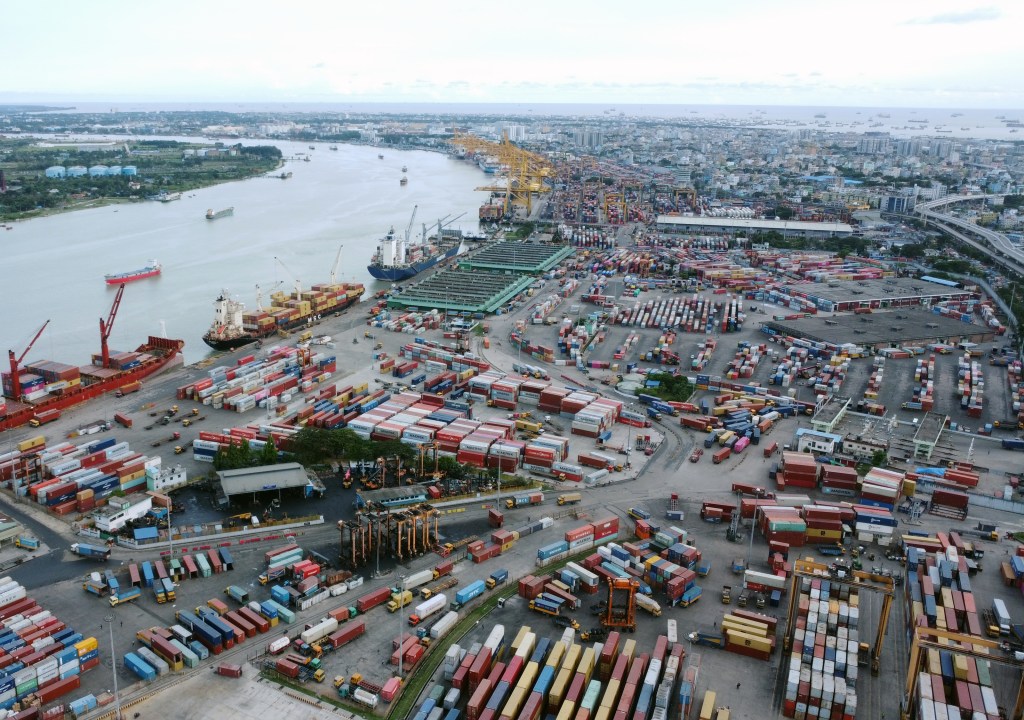Chattogram Port Workers Demand Fair Wages Amid Unrest

Chattogram Port, a critical hub for Bangladesh’s foreign trade, is facing renewed worker unrest as employees protest against wage disparities and inadequate benefits. On Wednesday, members of the Chattogram Port Berth and Terminal Operators Merchant Workers Unity Council formed a human chain at the port, demanding better representation and equitable pay for all workers. This unrest follows a series of disruptions that have already strained operations at the port.
Workers Call for Equal Pay and Representation
The Chattogram Port Berth and Terminal Operators Merchant Workers Unity Council is advocating for more direct representation from the Chattogram Port Authority (CPA). They argue that all workers, regardless of their employment with independent companies, should be included under the port’s labor wing. The council is particularly focused on ensuring that employees at the New Mooring Container Terminal and Chittagong Container Terminal receive the same pay rates as those at the General Cargo Berth.
Among their demands, the workers are calling for the removal of private company names from their port ID cards. They want the CPA to take charge of scheduling and pay, ensuring that the pay scale for the fiscal year 2025-26 reflects a promised 10 percent annual raise. Additionally, they are seeking confirmation of retirement benefits within 90 days of retirement and a pension for retired workers until their death. Md Ariful Islam, the council’s member secretary, warned that if their demands are not met, they may escalate their protests in the coming days.
Port Expansion and Technological Advancements
Chattogram Port, known for its congestion issues, is currently undergoing expansion to accommodate increasing cargo volumes, projected to reach record levels by 2025. Recently, the port expanded its container storage capacity by nearly 10 percent, raising it from 53,518 to 59,000 twenty-foot equivalent units (TEUs). CPA Secretary Md Omar Faruk stated that these efforts aim to enhance operational efficiency and service quality, alleviating congestion at the port.
To further address congestion, the CPA has opened additional space in existing yards and two unused sheds outside the main port area. By early September, the average waiting time at the port decreased significantly, from 4.5 days to just 1.19 days. The port typically manages between 47,000 and 48,000 TEUs without disruption, and plans are in place to increase capacity to around 62,000 TEUs by the end of 2025.
In addition to physical expansions, the CPA is also modernizing operations through a partnership with HSBC to implement a fully automated digital payments system. This initiative will allow businesses to settle port bills digitally, streamlining processes and reducing the need for physical visits to the port. CPA Chairman Rear Admiral S M Moniruzzaman emphasized the importance of improving efficiency and capacity to support the growing trade ecosystem, projecting an additional 1.5 million TEUs to pass through the port in the next five years.
